Espresso Brewing Mastery: Your Guide to Perfect Shots Every Time
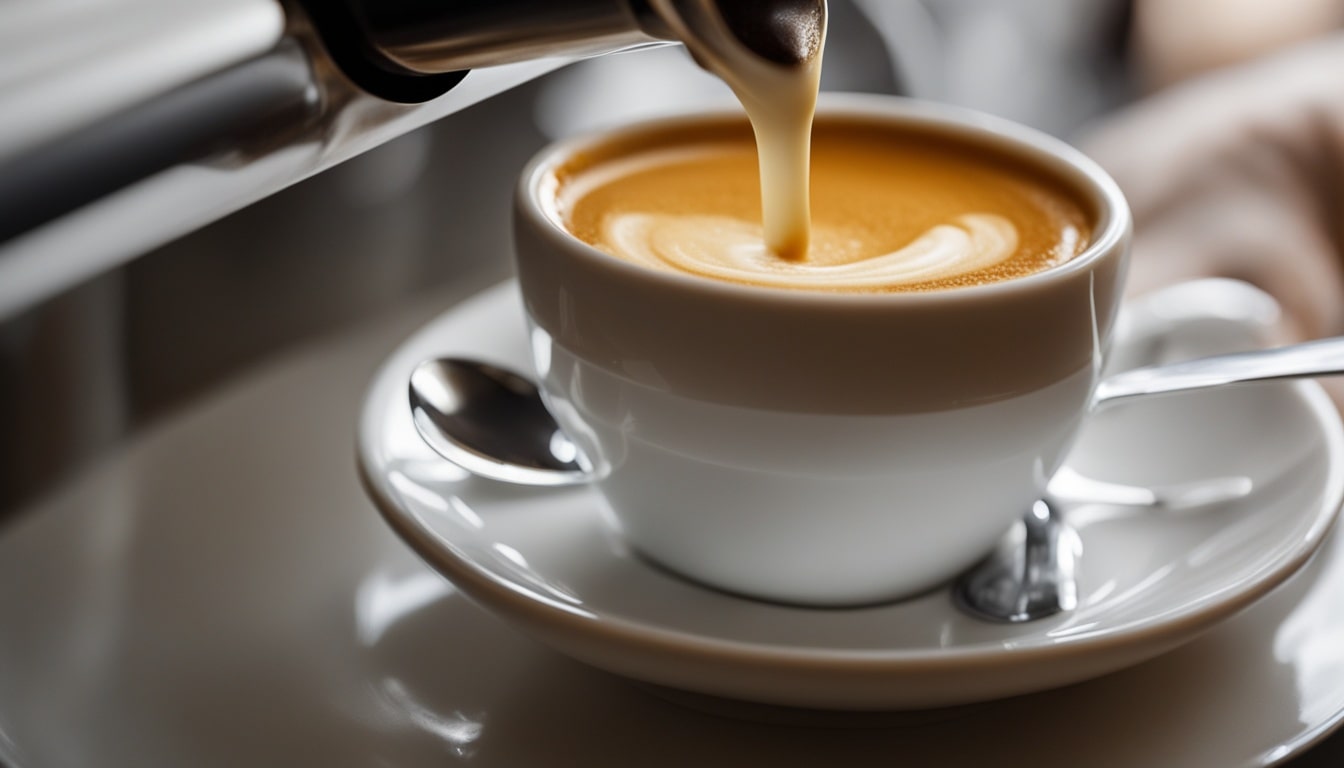
Affiliate Disclosure: As an Amazon Associate, I earn from qualifying purchases. This post may also contain other affiliate links, meaning I may earn a small commission if you buy through them, at no extra cost to you. Your support helps keep this site running and allows me to continue sharing great content. Thank you!
Espresso brewing is both an art and a science. Whether you’re just starting or have explored various brewing methods, refining your espresso technique can transform your coffee experience from ordinary to exceptional. With the right combination of coffee bean selection, grind size, and precise water temperature, you can consistently brew café-quality espresso at home.
Espresso has a rich history, dating back to early 20th-century Italy, where it became a symbol of social connection and culture. This enduring tradition thrives today, inviting coffee lovers to delve into the rich flavors and craftsmanship that espresso brewing offers in every cup.
Modern advancements in espresso machines have brought the precision and consistency of professional cafés to home baristas. With the right equipment and technique, you can create balanced espresso shots that harmonize sweetness, acidity, and bitterness.
Whether you’re refining your daily coffee ritual or impressing guests with your barista skills, mastering espresso brewing will take your coffee journey to the next level. This guide will help you navigate the essentials of espresso brewing, explore advanced techniques, and fine-tune your skills to craft the perfect shot every time.
Key Takeaways
- Precision matters: Focus on grind size, dosage, water temperature, and extraction time for a perfect shot.
- Quality equipment is essential: Invest in good machines, grinders, and tools for consistent results.
- Consistency is key: Fine-tune your technique to ensure each shot maintains the same quality.
- Keep experimenting: Explore advanced techniques and different beans to discover new flavors.
- Always improve: Embrace ongoing learning and adjustments in your espresso journey.
Essential Espresso Equipment: Tools of the Trade
Achieving mastery in espresso brewing starts with having the right tools. The quality of your equipment directly impacts the consistency and flavor of your espresso shots, making it essential to choose wisely.
Espresso Machines: Choosing the Right One for Your Needs
The foundation of your setup is the espresso machine. Depending on your budget, skill level, and preferences, you can choose from the following options:
- Manual machines: Offer full control over the brewing process but require more experience and precision.
- Semi-automatic machines: Provide a balance between control and convenience, making them suitable for most home baristas.
- Fully-automatic machines: Prioritize ease and consistency by automating most of the brewing process, perfect for those who want a no-fuss experience.
If you’re looking for expert recommendations on the best models for home use, check out our in-depth guide on the Best Espresso Machines for Home.
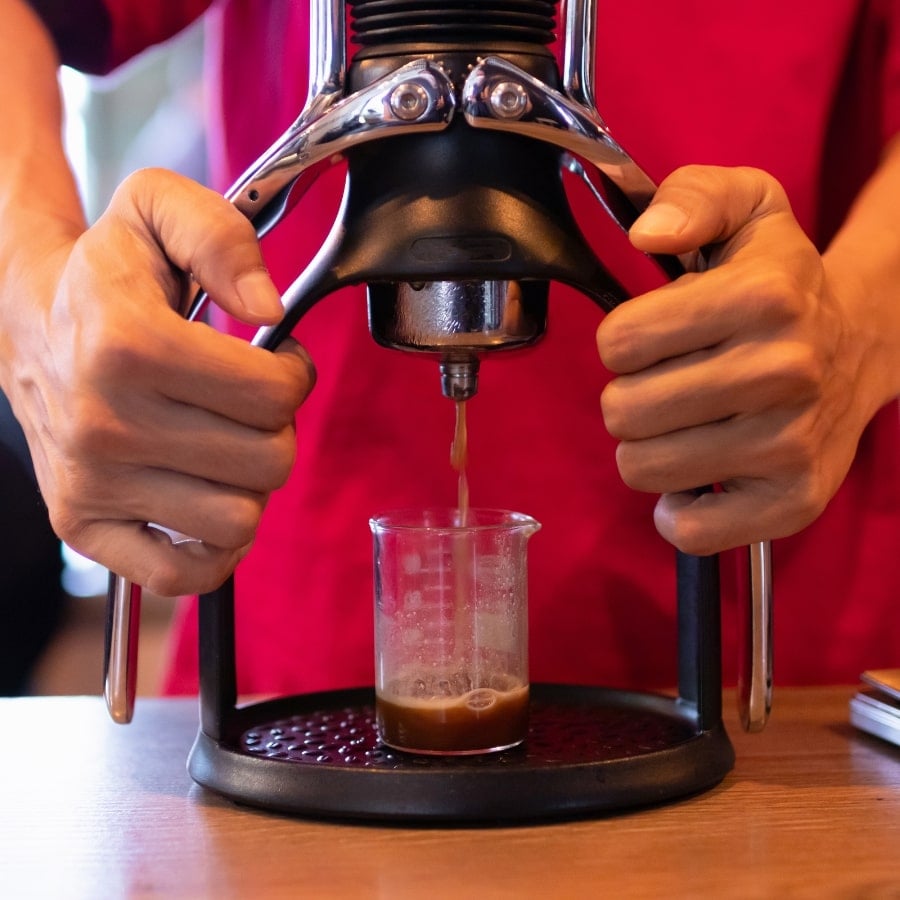
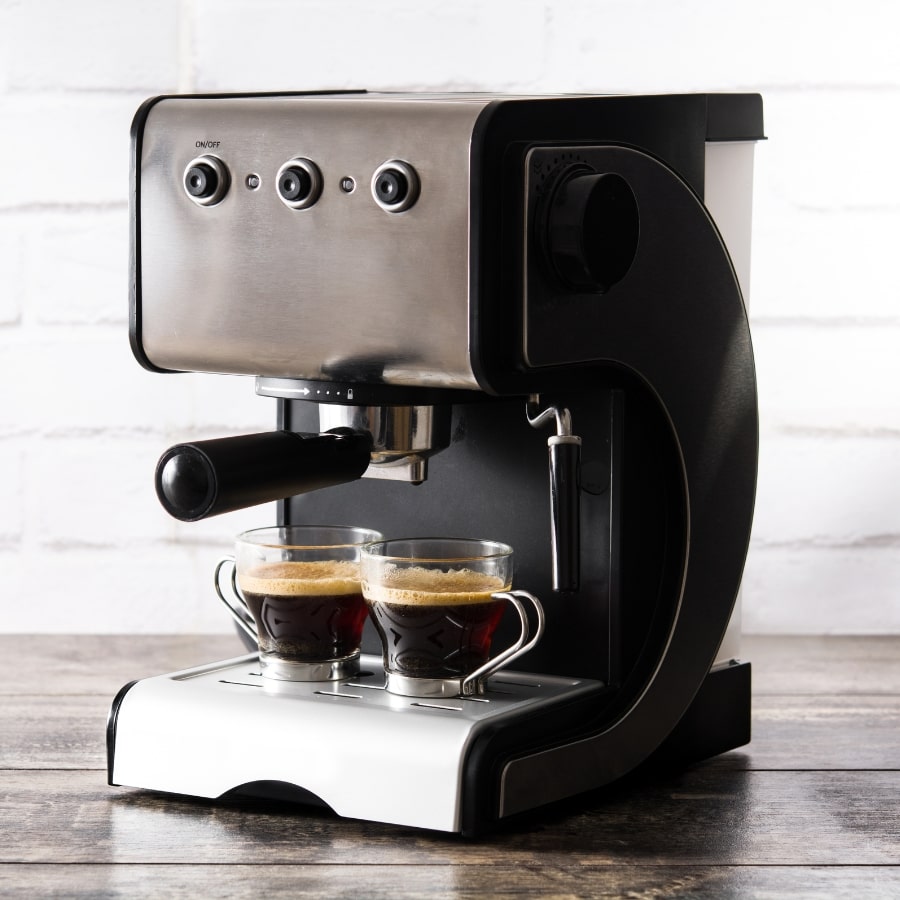
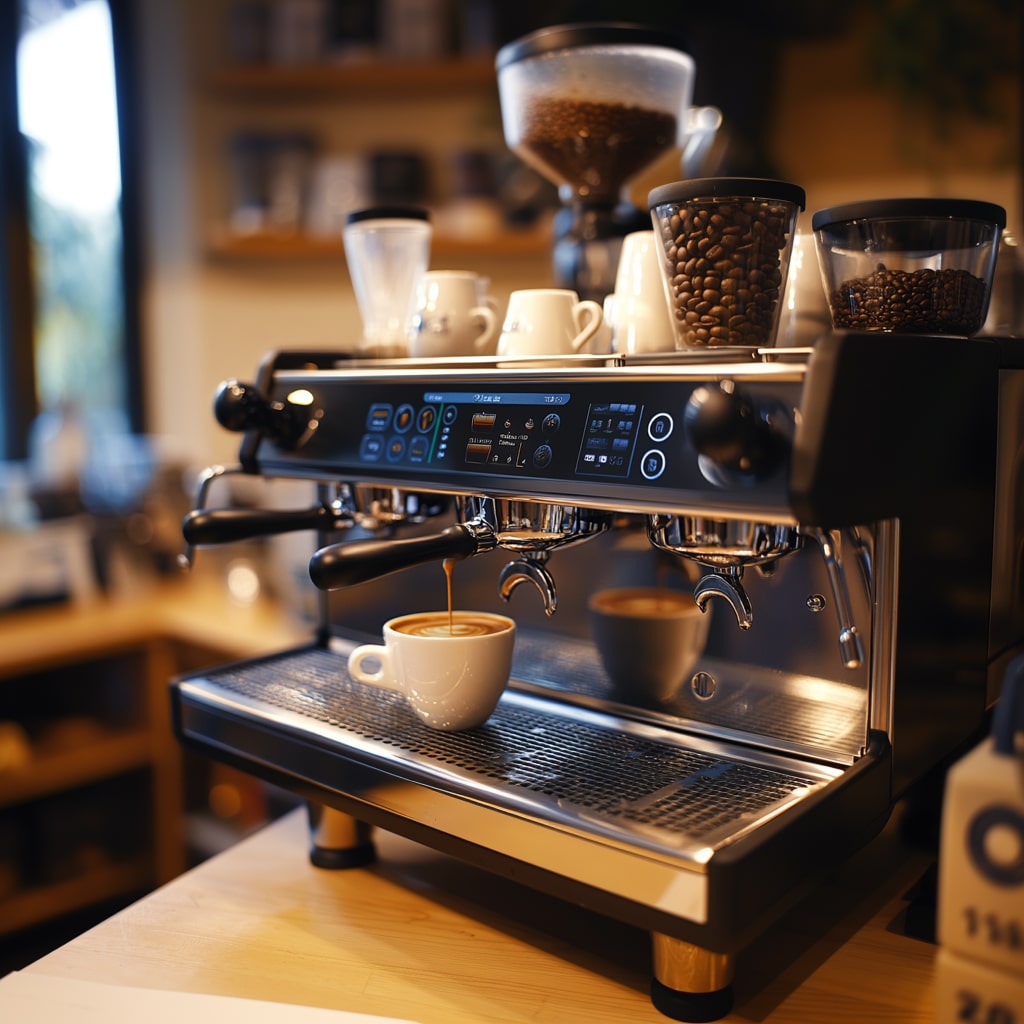
When selecting a machine, focus on models that maintain consistent water temperature, pressure, and flow rate. These elements are critical for producing a high-quality shot every time.
Grinder: The Role of a High-Quality Grinder
Your grinder is just as important as your espresso machine. The grind size plays a critical role in espresso making, and a high-quality burr grinder allows for precise adjustments that lead to consistent extraction.
- Adjustable grind settings: Tailor the grind to your specific beans and machine, ensuring better extraction.
- Consistency: A burr grinder ensures that the coffee particles are uniform, essential for a balanced shot.
Additional Equipment: Tampers, Scales, and Milk Frothers
In addition to your machine and grinder, a few other essential tools include:
- Tamper: Ensures even compression of the coffee grounds, crucial for proper extraction.
- Scale: Helps you measure your coffee and water with accuracy, allowing you to tweak your recipes for the best results.
- Milk Frother or Steam Wand: Vital for creating the smooth, velvety microfoam used in lattes and cappuccinos.
Espresso Shot: Step-by-Step Guide
Perfecting an espresso shot requires precision, patience, and practice. Whether you’re just starting or refining your skills, following a methodical approach will help you achieve a consistently rich and balanced espresso every time.
Step-by-Step Process of Making the Perfect Shot:
- Preheat Your Espresso Machine and Cups
- Preheating keeps your espresso at the ideal temperature during brewing, ensuring a consistent shot.
- Turn on your espresso machine and allow it to warm up for a few minutes. Preheat your cups by filling them with hot water and letting them sit until you’re ready to brew.
- Grind and Dose Your Coffee Beans
- The grind size and the right amount of coffee are essential for balanced extraction.
- Use a burr grinder to grind fresh beans to a fine consistency (like granulated sugar). For a double shot, measure out 18-21 grams (0.63-0.74 oz) of coffee using a digital scale.
- Tamping: Achieving Even Compression
- Even tamping ensures that water flows uniformly through the coffee grounds, preventing under- or over-extraction.
- Compress the coffee grounds in the portafilter with firm, even pressure (20-30 pounds). Aim for a level tamp to avoid channeling.
- Control Water Temperature
- The right water temperature is critical for proper extraction, allowing the oils and sugars in the coffee to dissolve evenly.
- Adjust your espresso machine’s water temperature to between 195°F and 205°F (90°C to 96°C) and ensure that the machine maintains this temperature consistently.
- Brew and Monitor Extraction Time
- The extraction time impacts the flavor profile, affecting the sweetness, acidity, and bitterness of your shot.
- Start the extraction, aiming for a steady flow that takes about 25-30 seconds. Your target yield should be 36-42 grams (1.26-1.48 oz) of espresso for a double shot.
How Do I Dial in My Espresso Shot?
Dialing in your shot means fine-tuning factors such as grind size, coffee dose, and extraction time to balance flavors. Adjust the grind and dosage until you reach the perfect extraction time for your desired taste.
- Stop the Shot at the Right Moment
- Timing is crucial to achieving a balanced espresso with the right mix of flavors.
- Stop the shot once the desired amount of espresso is reached. Look for a rich, golden-brown crema as a sign of a well-extracted shot.
For a visual guide to pulling the perfect shot of espresso, watch the following video:
Achieving Consistency and Quality in Espresso Brewing
Mastering espresso brewing hinges on consistency. Even minor tweaks to grind size, dosage, and extraction time can dramatically influence the flavor and quality of your espresso.
The following infographic highlights the key elements to perfect your espresso brewing consistency. Use these principles to refine your technique and elevate your espresso game.

What Is the Best Grind Size for Espresso?
The grind size should be very fine, similar to table salt. A consistent grind ensures even extraction and enhances the overall flavor and quality of your espresso.
Consistency is an ongoing process of refinement. By making small adjustments to your grind size, dosage, and extraction time, you can continually enhance the flavor of your espresso. Stay open to experimentation, and let each cup be an opportunity to sharpen your skills.
Tools for Precision
To achieve consistency, consider incorporating these tools into your espresso brewing routine:
- Scales: A digital scale with 0.1-gram accuracy ensures precise coffee and water measurements every time.
- Timers: Use a timer to track extraction time accurately. If your machine doesn’t have a built-in timer, invest in a separate one for consistency.
- Pressure Gauges: Monitoring the extraction pressure is key. Aim for around 9 bars of pressure during extraction.
Maintaining Your Equipment
Regular maintenance is key to achieving consistent results:
- Cleaning: After each use, clean your portafilter, basket, and group head to remove any coffee residue. Backflush your machine regularly to prevent build-up.
- Descaling: Descale your machine every 1-3 months, depending on your water hardness and usage, to maintain optimal temperature and pressure.
- Replacing Parts: Check gaskets, seals, and other components regularly for wear and replace them as needed to maintain consistent pressure and temperature.
How Often Should I Clean and Maintain My Espresso Machine?
Regular maintenance is key. Clean your machine after every use, perform a backflush weekly, and descale every 1-3 months to keep it functioning at its best.
Advanced Espresso Brewing Techniques
Once you’ve mastered the basics, it’s time to advance your skills. Advanced techniques allow you to explore deeper nuances in flavor, texture, and extraction, helping you unlock new possibilities in espresso brewing.
Experimenting with Coffee Beans and Blends
Exploring different coffee beans and blends is a great way to enhance your espresso brewing. Single-origin coffees offer unique flavors from specific regions, while blends provide a more balanced and complex taste profile. Experimenting with various beans and roast levels lets you refine your preferences and understand how origin and processing impact your espresso.
Mastering Flavor Profiling
Becoming an advanced espresso brewer means learning to fine-tune the brewing variables. Adjusting grind size, coffee dosage, water temperature, and extraction time lets you emphasize specific flavor notes in your espresso. This level of control allows you to create a cup tailored to your exact taste preferences.
Using Pressure Profiling and Flow Control
Advanced techniques like pressure profiling and flow control open up even more possibilities. Pressure profiling lets you manipulate the pressure throughout the extraction process, enabling you to highlight delicate flavors or minimize bitterness. Flow control enables you to adjust the rate at which water passes through the coffee grounds, affecting the body and texture of your espresso.
Exploring Espresso-Based Drinks
Once you’ve perfected your espresso brewing technique, experiment with various espresso-based beverages. From lattes to macchiatos, these drinks offer unique flavors and experiences that showcase espresso’s versatility.
From Bean to Cup: The Joy of Craft
Crafting the perfect espresso is more than just technique—it’s a journey of discovery and satisfaction. From selecting the beans to pulling the shot, each step allows you to refine your skills and deepen your connection to the craft.
But the joy of espresso doesn’t end with the final sip. Sharing your creations—whether a balanced shot or a beautifully crafted latte—can be just as fulfilling. Coffee has a unique way of bringing people together, creating lasting memories with every cup.
Join the conversation! Share your espresso adventures or drop your burning questions in the comments below—we can’t wait to hear from you.
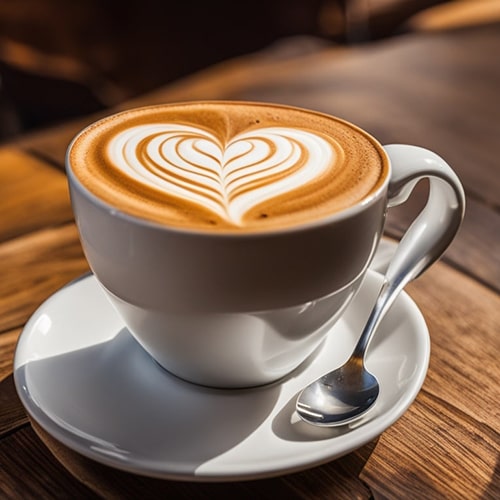

Hey Sonia,
I loved reading your post on espresso brewing! It’s one of the most helpful guides I’ve come across. You make the process feel easy, which is perfect for someone like me who’s been trying to perfect their shots at home but lacks the patience, to be honest haha.
I really appreciate how you highlight the importance of every little detail, from grind size to water temperature. It’s those tiny adjustments that really make the difference!
Upgrading my grinder was something I once thought unnecessary, but switching to a burr grinder made a world of difference. My shots are now way more consistent, and it’s amazing how something so simple can impact the flavor.
The advanced techniques you mentioned, like pressure profiling and flow control, are new to me. I’ve been sticking to the basics, but now I’m wondering if it’s worth diving into those methods. Do you think they’re more for pros, or could someone still refining the basics benefit from them?
Experimentation is what made me fall in love with coffee, honestly. It’s like a science experiment every morning, and I’ve noticed how much I’ve improved over time. I also couldn’t agree more about sharing the experience with friends or family—there’s something special about bonding over a great cup of coffee and my favorite apple pie with caramel!
Thanks for sharing this amazing guide! It’s inspired me to push my skills further, and I can’t wait to try out some of these new techniques.
I’m so glad you enjoyed the post! Upgrading to a burr grinder really is a game-changer, and it’s exciting to hear how it’s improved your shots. It’s amazing how small changes can have such a big impact, right?
As for pressure profiling and flow control, even if you’re still refining the basics, there’s no harm in experimenting. It can be fun to dive in and see how these adjustments affect the flavor. I’d say go for it!
And I completely agree—there’s nothing better than enjoying great coffee with loved ones, especially alongside something as delicious as apple pie with caramel!
Happy brewing, and thanks for sharing your experience!
Great guide on espresso brewing! As someone who enjoys experimenting with different brewing techniques, I’m curious—how do you find the balance between grind size and extraction time to achieve the perfect shot?
Also, what are your thoughts on using alternative beans for espresso, like single-origin varieties versus traditional blends? It’s fascinating how even the smallest tweaks can affect the flavor profile.
Thanks for sharing these insights!
Thank you! I’m glad you enjoyed the post. Finding the balance between grind size and extraction time really comes down to small tweaks. A finer grind often results in a longer extraction, drawing out deeper, more intense flavors, but you have to watch out for bitterness from over-extraction. It’s all about experimenting with tiny adjustments until you find the sweet spot that works for your beans and machine.
As for single-origin versus blends, single-origin beans often highlight specific regional characteristics, like fruity or floral notes, which can really shine in an espresso shot. Blends, on the other hand, are crafted for consistency and balance, combining different beans to create a well-rounded flavor. It’s fascinating to explore both options since they each bring something unique to the cup!
Thanks again for these great questions. I’d love to hear how your experiments go!
When it comes to espresso brewing, I’ve found semi-automatic machines to be the sweet spot. They offer just enough control to customize things like grind size and extraction time but still provide some automation for ease of use.
It’s the perfect balance for home baristas who want both precision and convenience. I love how you can tweak your shots while still enjoying consistency.
Have you had a chance to experiment with a semi-automatic machine for your espresso brewing? I’d love to hear your thoughts on them!
I totally get where you’re coming from—semi-automatic machines are fantastic for that balance of control and ease! Being able to tweak grind size and extraction time really lets you perfect your shots while still keeping things simple enough for everyday use.
I’ve experimented with a semi-automatic machine, too, and it’s such a fun way to keep the process engaging without overcomplicating things. I’d love to hear how your brewing adventures are going with it! Thanks for sharing your experience!